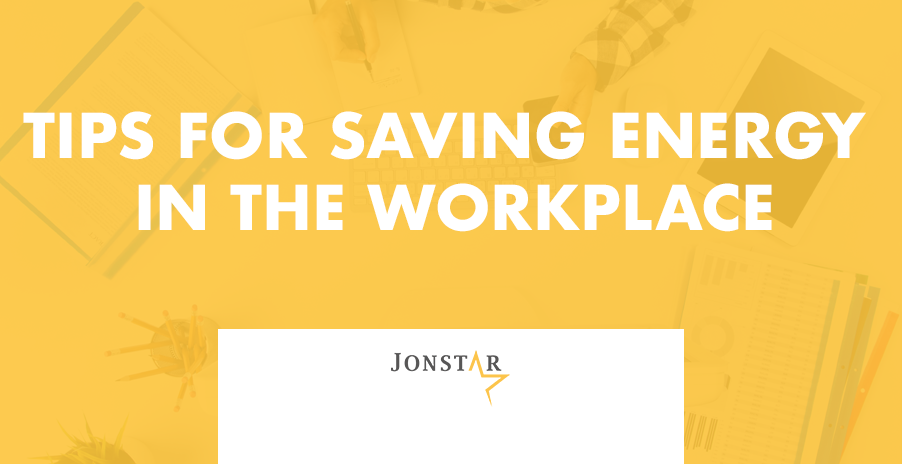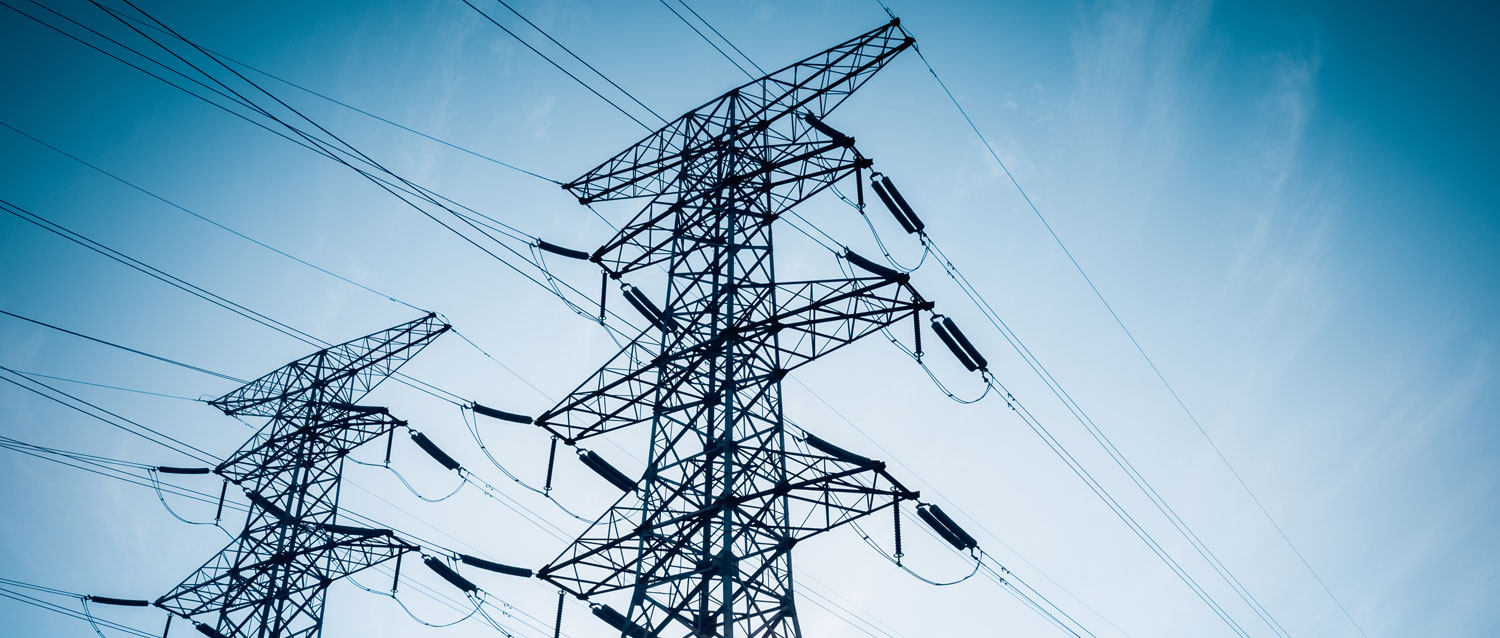
Tips for Saving Energy in the Workplace
Tips for Saving Energy in the Workplace
Saving energy in the workplace is not only doing good for the environment, but also for the cash flow, follow our tips to help save energy and money in the workplace.
Heating
- Ensure temperatures are set at no more than 19°C in office and teaching areas. Thermostatic radiator valves should be left at position 2-3, and they will modulate to maintain comfort levels.
- Keep doors and windows closed while heating is on. Open doors and windows allow heated air to escape and cold air to come in.
- Ensure radiators are not blocked with furniture, this affects the heat available to the room.
- Avoid heating unused spaces such as corridors and storerooms. These areas should be set to a lower temperature.
- Make sure that changes in building occupation hours are updated within the controls. Buildings may being heated during periods they are no longer occupied.
- Report any factors which affect comfort levels such as draughty windows and doors. A simple repair could save energy and improve user comfort.
Lighting
- Switch off lights in empty rooms. It is a popular myth that it is cheaper to leave a light on.
- Use daylight where possible. It’s free and more pleasant than artificial light.
- Only use required lights. For example a teacher working alone in a classroom may only require the row of lights above her desk.
- Use low wattage lights. Slim line fluorescent tubes can often be used as direct replacements for older tubes, and use 25% less electricity. Compact fluorescent bulbs use 80% less energy than a tungsten bulb and less ten times longer.
- Ensure outside lights are only on when required.
Electrical Equipment
- Switch computers off when not required. Even switching a monitor off over tea and lunch break prevents excessive heat build up in a room.
- Don’t leave equipment on standby mode. They continue to us up to 70% of normal power consumption at no use.
- Purchase energy efficiency rated equipment when replacing items.
- Ensure in built energy saving software is activated. A screen saver is not a power saver.
Water
- Don’t leave a tap dripping. Each cubic meter of water costs nearly £2.
- Ensure water temperatures are set correctly. Water should be heated to 60°C to protect against legionella. Water at hand washing sinks should ideally be blended to 43°C.
- Check urinal controllers are fitted and operating correctly. Cisterns only require to fill and flush when the building is in use. A defective battery may mean they are filling continuously.
We can help with green energy for business, contact us today!




